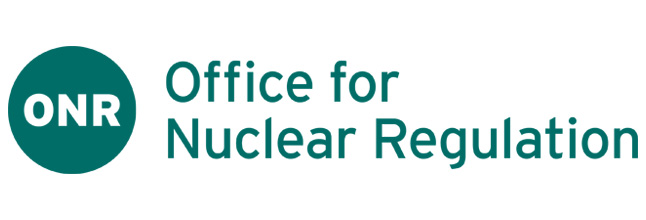One of my repeated themes in this blog is to complain about the failure of national nuclear regulatory agencies to properly enforce regulations on the nuclear industry in their country. I have documented many instances of such failures on the part of the U.S. Nuclear Regulatory Commission in previous posts. Today I am going to focus on the Office For Nuclear Regulation (ONR) in the United Kingdom. Critics have charged that the ONR has virtually ignored dozens of serious mistakes involving nuclear power plants and military bases in the U.K.
An investigation by the Times has found that while the ONR has reported that the annual number of serious nuclear accidents and mistakes has remained stable for over a decade, in reality, the number of serious incidents has doubled since 2010 to more than one a day. Almost a thousand incidents were rated as zero or unrated on the International Nuclear Event Scale (INES) between 2012 and 2015 including:
· Four cases where the radioactive isotope of hydrogen, tritium, which is dangerous to human health, was found at high levels in groundwater around the Dungeness B reactor in Kent.
· Seventy safety incidents at the U.K.’s main nuclear warhead base at Aldermaston, Berkshire were reported.
· An accident involving a vehicle carrying nuclear material on the M1 highway hit a lorry. Another transportation incident where a transport lorry flipped over, damaging two containers holding radioactive chemicals.
· Uranium “sludge” and a radioactive isotope of cesium were left in bin bags at Springfields, a former power plant, and the Amersham nuclear materials factory.
· At least a dozen leaks of radioactive substances at nuclear power stations.
· Over thirty fires which broke out at nuclear power stations.
A member of the U.K. nuclear advisory board was concerned that the "anomalies" that were dismissed as trivial by the INES were, in fact, serious and should have been investigated more thoroughly. Oddly enough, when compared to some incidents that had been rated by the ONR as a One or higher on the INES, the zero-rated or unrated incidents appeared to actually be more serious.
Sellafield, a site with a fuel reprocessing center and shuttered reactor, has been called the world's riskiest nuclear site. Sellafield reported one hundred and sixty seven unrated or zero incidents, the most of any site in the U.K. There were several power cuts, ground water and soil were contaminated, the reactor suffered unplanned shutdowns and the reactor once lost all of its cooling water.
The founder of the Nuclear Consultation Group said that these discrepancies in the recording and rating of nuclear incidents suggested that either the ONR was either engaging in deliberate cover-ups or they were just seriously incompetent. A professor of energy policy at the University of Sussex said that much of the problem stemmed from the fact that the ONR was expected to both regulate and promote the nuclear industry in the U.K. These two goals are mutually incompatible and such conflicting mandates are guaranteed to cause problems. In addition, the ONR gets over ninety percent of its funding from the nuclear industry in the U.K.
The U.K. is going to drop the INES rating system soon and move to a vaguer system that would involve a color coding system for the seriousness of a nuclear incident. The U.K. government is also working on giving the domestic nuclear industry more control over how they are regulated. This would seem to me to be moving the opposite direction than that that would be suggested by the Times investigation. The ONR is a new agency that has only existed for a few years. That means that it does not have a deep history of operation traditions and it should be more amenable to needed change.
